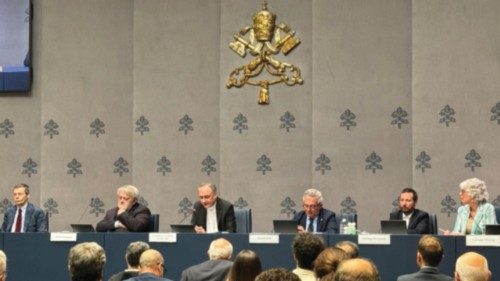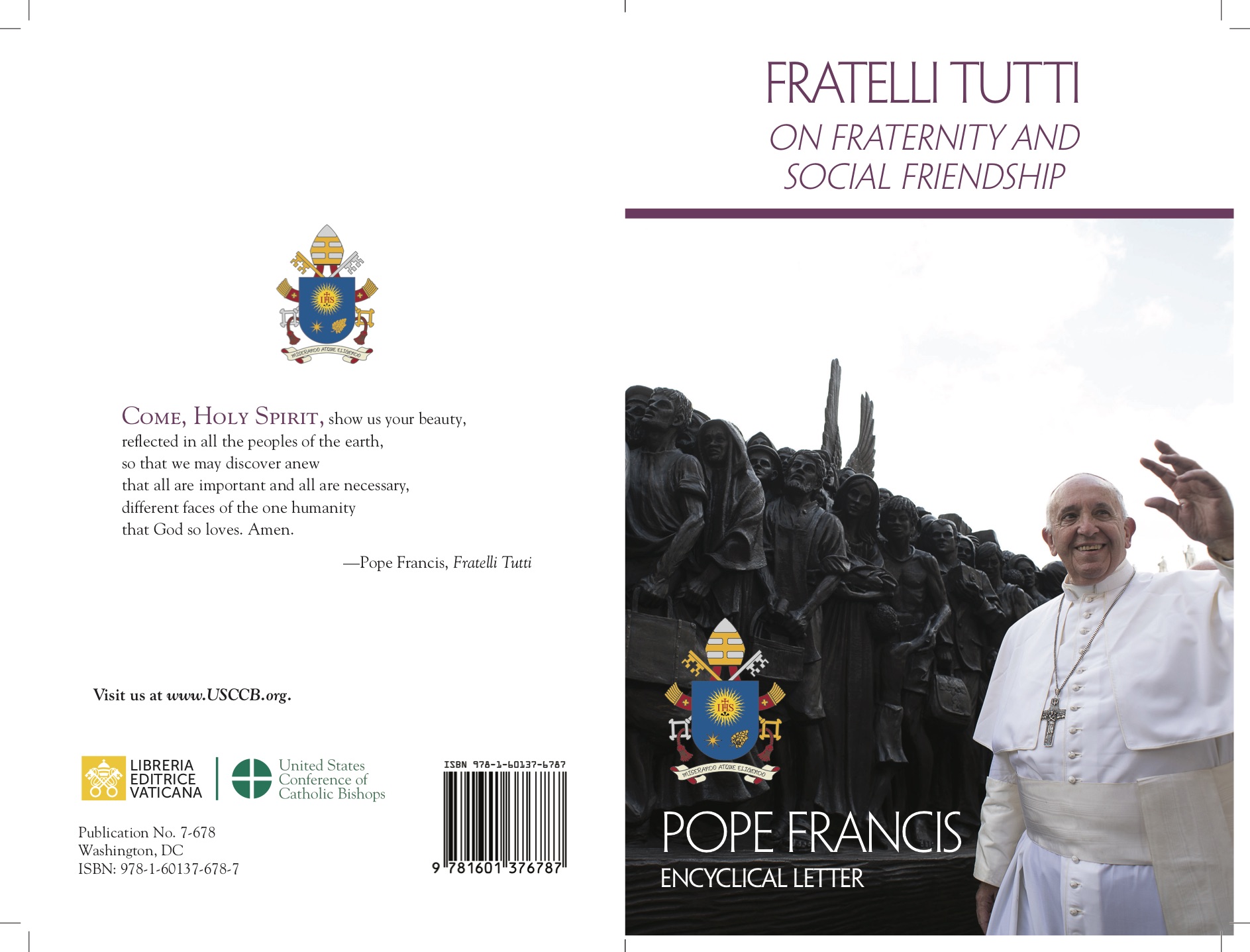
Reducing emissions, monitoring air quality, and cultivating care for our common home are the principles at the foundation of the environmental sustainability project of the Fabric of St Peter’s, the institution responsible for the conservation and maintenance of St Peter’s Basilica. The initiative aims to make the world’s largest church a model for cultural heritage sites worldwide.
The plan began in 2022, and involves, not only the Basilica itself, but also the Canonica Palace, Casa Santa Marta, and the Mosaic Studio.
The ongoing project “aims to make St Peter’s Basilica — along with the community that gives it life and the millions of pilgrims and tourists who visit each year — a ‘zero-impact home’ that welcomes everyone and encourages all to grow in humanity,” said Cardinal Mauro Gambetti, President of the Fabric, at a press conference on Monday, 16 June.
Cardinal Gambetti noted that “climate change and sustainability have now become a stable part of the educational, political, and industrial agendas of Western countries.” In this context, the Holy See — guided by the principles of the Encyclicals Laudato Si’ and Fratelli Tutti, and the Apostolic Exhortation Laudate Deum — emerges as a proactive force, with numerous Vatican initiatives already underway.
The environmental sustainability project follows the One Health model — a holistic vision of an interconnected world. But science and technology alone are not enough. The speakers emphasized the importance of spreading “best practices” to pilgrims during the Jubilee Year, to encourage sustainable behaviours and lifestyles, marked by care and stewardship of Creation.
In 2023, ENEA — the Italian National Agency for New Technologies, Energy and Sustainable Economic Development — carried out an assessment to identify areas and opportunities for intervention. The improvement of air quality emerged as a key technical objective of the project.
Monitoring is possible thanks to a system installed in 2023. Sensors placed inside the Basilica can detect real-time concentrations of particulate matter (PM), total volatile organic compounds (TVOCs), carbon dioxide (CO2), and microclimatic parameters. These are key indicators for monitoring gases that may affect visitors’ health and the preservation of artistic heritage.
As explained by Niccolò Aste, professor at the Polytechnic University of Milan, the interventions are designed with great sensitivity to the unique nature of these spaces.
At St Peter’s, work has focused on enhancing natural ventilation and upgrading the lighting system. In the Mosaic Studio and the Canonica Palace, the project will address heating, cooling, and dehumidification with custom-designed solutions. These targeted measures will have a strong positive impact and will help reduce emissions. (By Eugenio Murrali)




 Purchase the Encyclical here Fratelli Tutti
Purchase the Encyclical here Fratelli Tutti